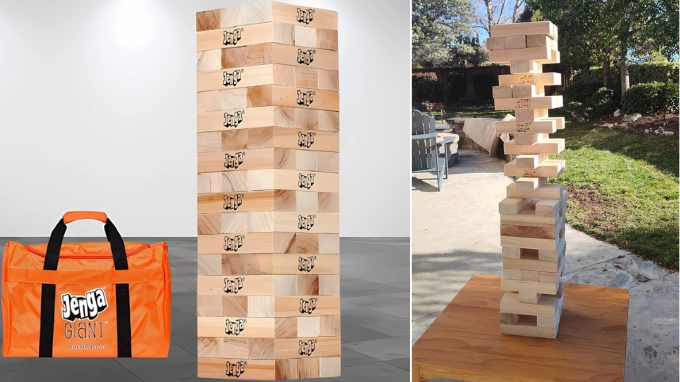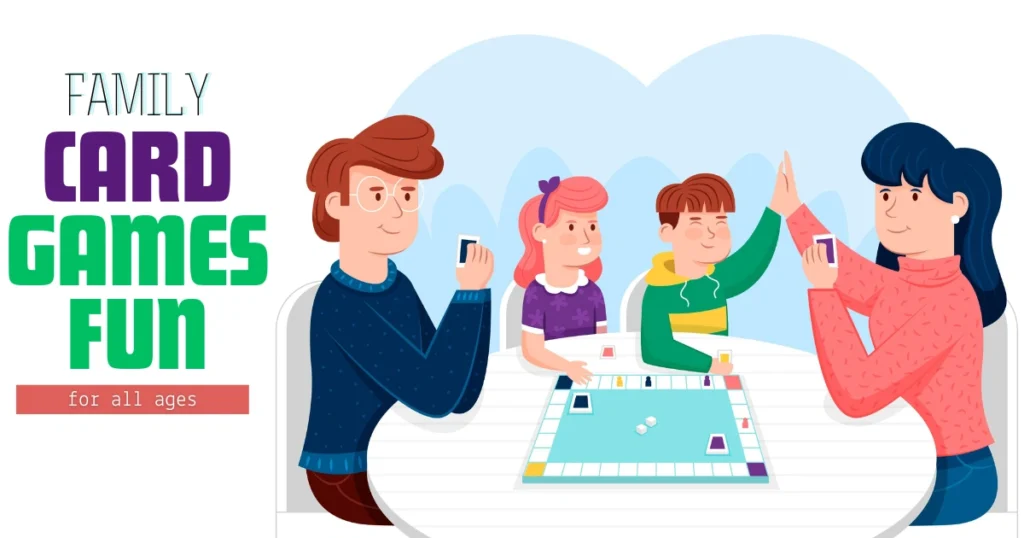Did you know the average Jenga tower can handle up to 400 pounds before it falls? This game is all about removing and stacking blocks carefully. It makes a tower that challenges your balance and precision. If you’re new or experienced with Jenga, you must know how Jenga blocks are placed correctly without the minimal mistakes to build a tall tower.
What is Jenga Game
Jenga is a popular game loved by kids and adults alike. The goal is simple: carefully remove blocks from the tower and place them on top without causing the tower to collapse. Learning how to place Jenga blocks correctly can make your tower more stable and taller. While it may seem like a straightforward game, there is actually a method to placing Jenga blocks correctly.
How Jenga Blocks are Placed Correctly

Understanding the Basics of Jenga Block Placement
First, find stability when choosing which block to remove. Look for the block that’s easiest to slide out without upsetting the tower’s balance. After removing the block, check if the tower is stable. If it wobbles or leans, adjust it before putting the block back on.
It’s also key to keep the tower’s structure consistent. As you play, notice patterns in the tower’s shape. Try to follow those patterns when putting blocks back on top. This keeps the tower stable and balanced.
Lastly, keep the tower’s shape within the original square shape. It’s tempting to make the tower look different, but this can make it unstable. Stick to a solid base and build upwards slowly.
Choosing the Right Block for the Perfect Placement
Building a tower, whether it’s for Jenga or a construction project, requires the right block placement. This ensures the structure’s stability and beauty. While some might think random placement is fun, there’s a method to it. We’ll look into the art of block placement, focusing on Jenga blocks.
Jenga is a game that tests patience and precision. Players must remove and stack blocks carefully to avoid toppling the tower. Success comes from understanding the blocks’ physics and the need for balance. As the tower gets taller, the blocks become less stable, making it more likely to collapse.
To place Jenga blocks right, start by checking the tower’s stability. Remove any loose or unstable blocks to make the tower safer. Also, place blocks strategically, like alternating their direction or putting them near the tower’s center. This improves stability.
Choosing the right block for placement isn’t just for Jenga. It’s crucial in construction projects too. Whether building a house, bridge, or bookshelf, knowing each block’s weight, material, and size is key. This ensures a strong and safe structure that lasts.
Positioning Your Jenga Blocks Strategically
Playing Jenga requires careful block placement for success. Many players don’t realize how important this skill is. But, it can greatly affect the game’s outcome. So, how do you place Jenga blocks correctly?
Start with a strong foundation. Place three blocks in one direction, then add three more on top, at a right angle. This pattern creates a stable base. It’s important to align the blocks well to set up for success.
As the tower gets taller, think about gravity and stability. Remove blocks from the middle or lower parts to avoid destabilizing the tower. Also, choose blocks that are a bit loose or off-center for better leverage.
Keeping the tower balanced is crucial. Don’t stack blocks too close to the edges, as this makes it unstable. Place blocks near the center to keep the tower stable and in control.
Ensuring Stability and Balance in Your Jenga Tower
Jenga is a classic game that needs a steady hand, strategic thinking, and a keen eye for stability. The challenge is to remove and reposition blocks without making the tower fall. It’s not just about taking blocks out; it’s about doing it without making the tower unstable.
To begin, it’s important to know how to place Jenga blocks correctly. Each block should be placed horizontally, with its shorter edges up and down. This way, the blocks support each other better as the tower gets taller. Also, aligning each block carefully keeps the tower level and stable.
Stability in your Jenga tower isn’t just about how you place the blocks. As the tower gets taller, it’s key to keep it balanced. Don’t stack blocks on one side, as this can make the tower tip over. Instead, place blocks on both sides or in different areas to keep the weight even.
Also, pay attention to how the blocks are oriented for stability. Don’t put blocks with long, narrow edges next to each other. This can make the tower weak and more likely to fall. Try to place blocks at right angles to each other for a stronger structure.

Tips for Precise and Accurate Jenga Block Placement
Playing Jenga requires precision and accuracy in placing blocks. One wrong move can make the tower fall. Here are some tips to place Jenga blocks correctly.
First, keep your hand steady. Move slowly and carefully to avoid knocking blocks. This keeps the tower stable.
Second, pick the right block. Choose a loose one that you can remove easily without harming the tower. Don’t pick a block that’s tightly wedged or part of a column, as it could make the tower unstable.
Also, make sure each block is placed evenly and centered. Aim for a balanced weight distribution to prevent the tower from tipping. Take your time to align each block well before letting go, for a stable structure.
Overcoming Common Mistakes in Jenga Block Stacking
Jenga has been a favorite game for many for years. The goal is simple: take one block off the tower and put it on top without making it fall. But, many players make mistakes that end the game too soon. This article will cover common mistakes in Jenga and offer tips to avoid them.
One big mistake is not lining up the blocks right before adding them. It’s key to make sure each block is straight on top of the one below. This helps the tower stay stable and less likely to fall. Take your time and use the edges to line up the blocks. This small step can have a big impact on your game.
Another mistake is pulling a block too hard when it’s stuck. It’s tempting to pull hard, but it’s better to be gentle. Gently wiggle the block to loosen it without hurting the tower’s stability. This careful approach helps you remove blocks without the tower falling.
Choosing which block to remove can also be tricky. Look for blocks that touch many other blocks, as they’re more stable. Also, pick blocks that won’t upset the tower’s balance when taken out. By thinking about these things, you can pick blocks wisely and enjoy a longer game of Jenga.
Conclusion
Building a strong Jenga tower starts with the right technique. Learning the game rules and practicing careful stacking will improve your hand-eye coordination and spatial awareness.
Now that you know how to play Jenga correctly and build a giant Jenga set, you can enjoy the many perks of being good at the game. You’ll impress your friends and family with your skills, and it will also help you solve problems, focus, and concentrate better.

